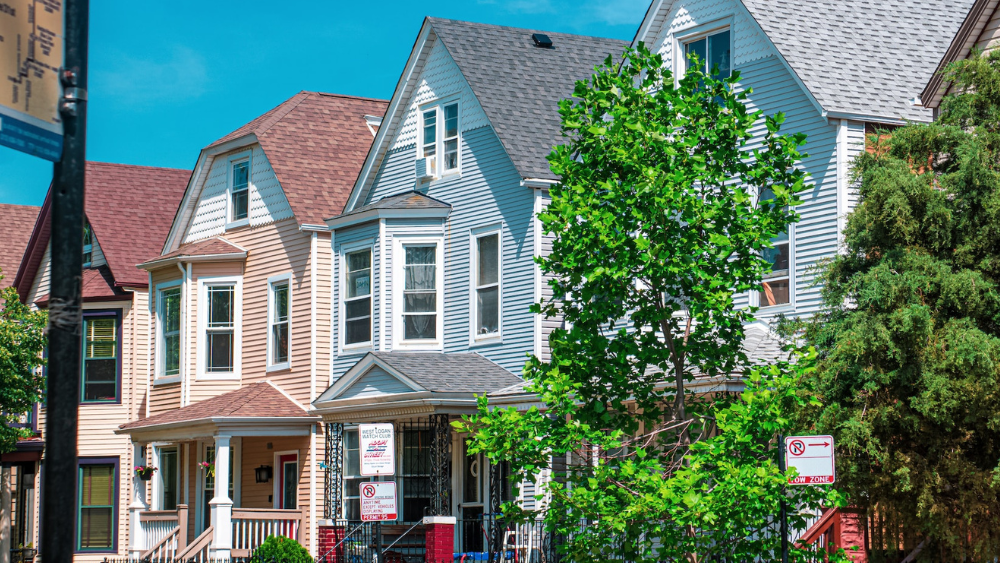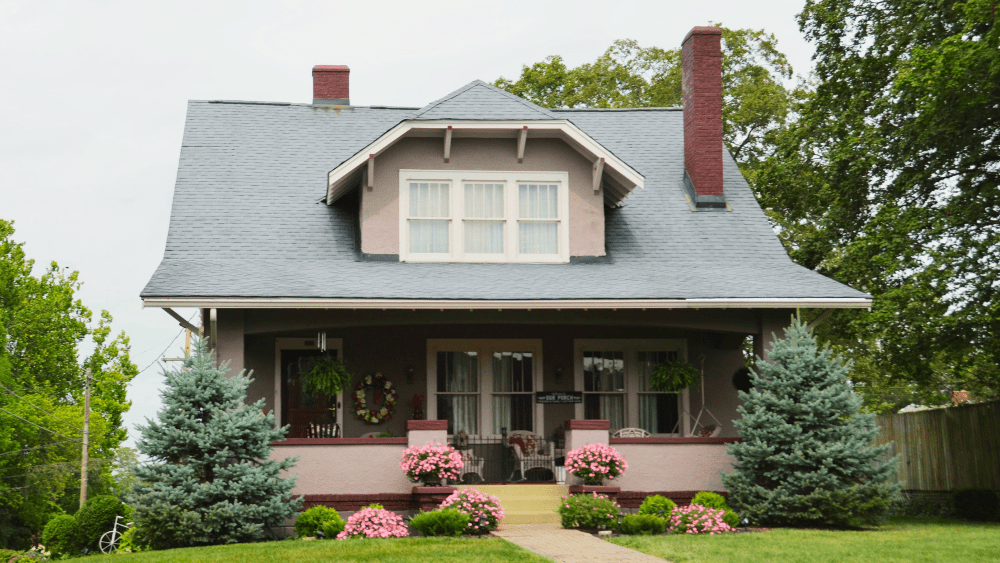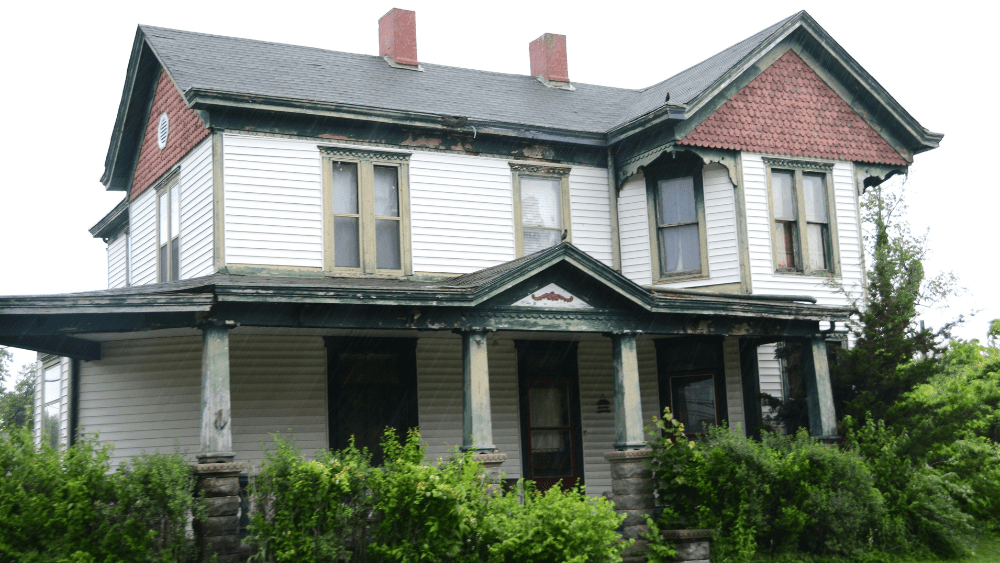
Are you a homeowner in Chicago grappling with the challenge of selling your old home while eyeing your next dream house? You’re not alone. Transitioning from one home to another often involves a delicate balance of timing and finances, especially in a market where inventory is scarce and prices are soaring. Imagine you find your ideal home in Chicago but are stuck in a predicament. Selling your current home first means you might have to move twice – first to a temporary location, then to your new home. It’s a daunting prospect. But what if there’s a smoother path? Enter the bridge loan – a short-term financing option that could be the key to securing your new home before you’ve sold your old one. This might be the missing piece in your home-buying puzzle, offering a seamless transition between selling and buying. A bridge loan, often known as a swing loan, bridging loan, or gap financing, is a financial tool designed to help you during the transition of purchasing a new home while still owning your current one. Think of it as a bridge connecting your current home to your next one. This type of loan leverages the equity in your existing home, providing you with the necessary funds for a down payment and covering closing costs on your new property. While bridge loans are generally pricier than traditional mortgages, they offer a significant advantage: speed and convenience. They allow you to swiftly secure your new home in Chicago without the pressure of waiting for your old home to sell. This can be a game-changer in a fast-moving real estate market, ensuring you don’t miss out on your dream home due to timing issues. A typical scenario where you might find a bridge loan useful is when you’re ready to purchase your new home, but your current one hasn’t sold yet. In this situation, the equity from your previous home comes to the rescue, helping to cover the down payment and closing costs for your new Chicago property. Often, the lender working with you on your new mortgage will also manage your bridge loan. They usually require that your existing home is actively listed for sale. The duration for a bridge loan typically ranges from six months to a year, providing a temporary financial cushion. An important factor in this process is your debt-to-income ratio (DTI). Lenders will calculate this by considering the mortgage payments on both your old and new homes and any interest-only payments on the bridge loan. This calculation helps lenders assess your ability to manage payments on both properties simultaneously, especially if your current home doesn’t sell immediately. In some cases, if your existing home is under contract and the buyer has secured their loan approval, lenders might only factor in the mortgage payment of your new home when calculating your DTI. This flexibility can be a significant relief, ensuring that your financial commitments are manageable while transitioning from your old home to your new one in Chicago. Bridge loans in Chicago offer several advantages that can make your home-buying experience more flexible and less stressful. Here are some key benefits: These benefits make a bridge loan a particularly appealing option for Chicago buyers who need financial flexibility before selling their previous home, allowing them to settle the bridge loan with the proceeds from their sale. While bridge loans offer significant advantages in certain situations, it’s important to know their potential drawbacks. Here are some key considerations: It’s also important to note that lenders will assess the equity in your current home when determining your borrowing capacity. If you owe more than 80% of your home’s value, you might face challenges qualifying for a bridge loan. This factor is crucial to consider before deciding if a bridge loan is right for you. A bridge loan isn’t always the go-to solution for every real estate situation, but in certain scenarios, it can significantly ease the stress of moving from your old home to a new one. Here are some instances where a bridge loan might be particularly beneficial:What is a bridge loan, in simple words?
How does a bridge loan work in Chicago?
What are the benefits of a bridge loan in Chicago?
What are the drawbacks of a bridge loan?
When is a bridge loan a good solution?



